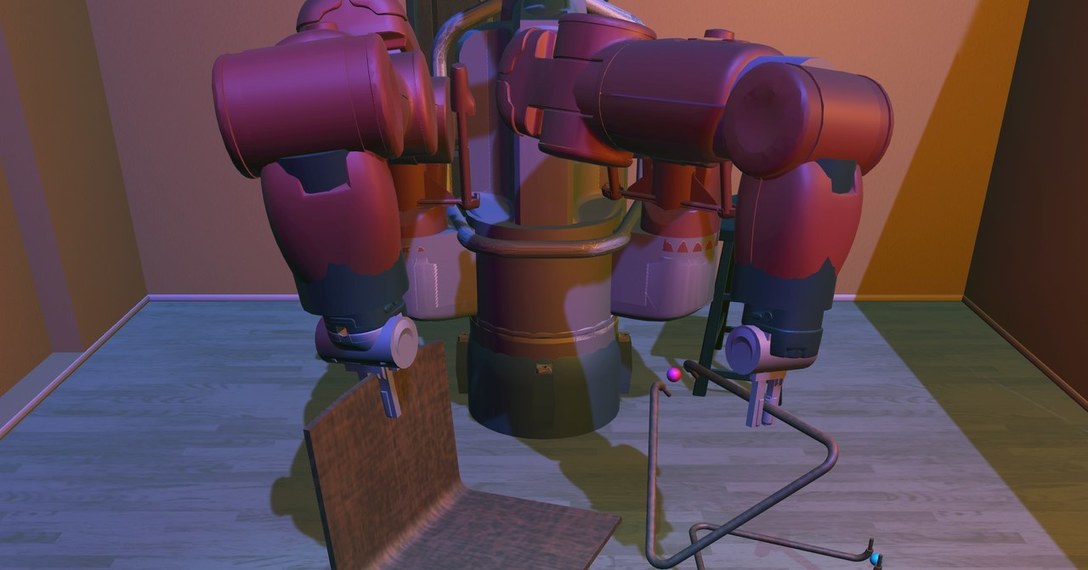It’s become a veritable rite of passage for humans settling into their first apartments: assembling a piece of Ikea furniture from a cryptic set of pictures without having either you, or the item in question, fall apart.
What better way, thought researchers at the University of Southern California, to torture-teach robots to manipulate the world around them. Following in the footsteps of researchers who last year got robot arms to assemble those classic Stefan chairs (roboticists love Ikea), they’re gifting the robotics community with a new simulator to train robots to put together low-budget Swedish furniture. Ultimately, they hope machines will begin to approach our own dexterity and adaptability to novel objects. Ladies and gentlemen and robots, grab your Allen wrenches.
For you and me, assembling things from Ikea is simultaneously simple and hellish: You lament the process, but your great big brain can (mostly) translate the abstract instructions into something real. You run into all kinds of problems, but your creativity surmounts them with ease; the Allen wrench cramps your hand, but your human powers of manipulation are unparalleled.
For a robot, this is all pure horror. Sure, robots have been working on assembly lines for decades, but they’re just the muscle. They lift big pieces like car doors into place, for instance, while humans take care of the fine manipulations, such as screwing in tiny parts. The robots’ environment is highly regimented, so the machines never have to improvise—even if they were smart enough to do so, their unpredictability would put their human coworkers at risk.
Sourced through Scoop.it from: www.wired.com



Leave A Comment